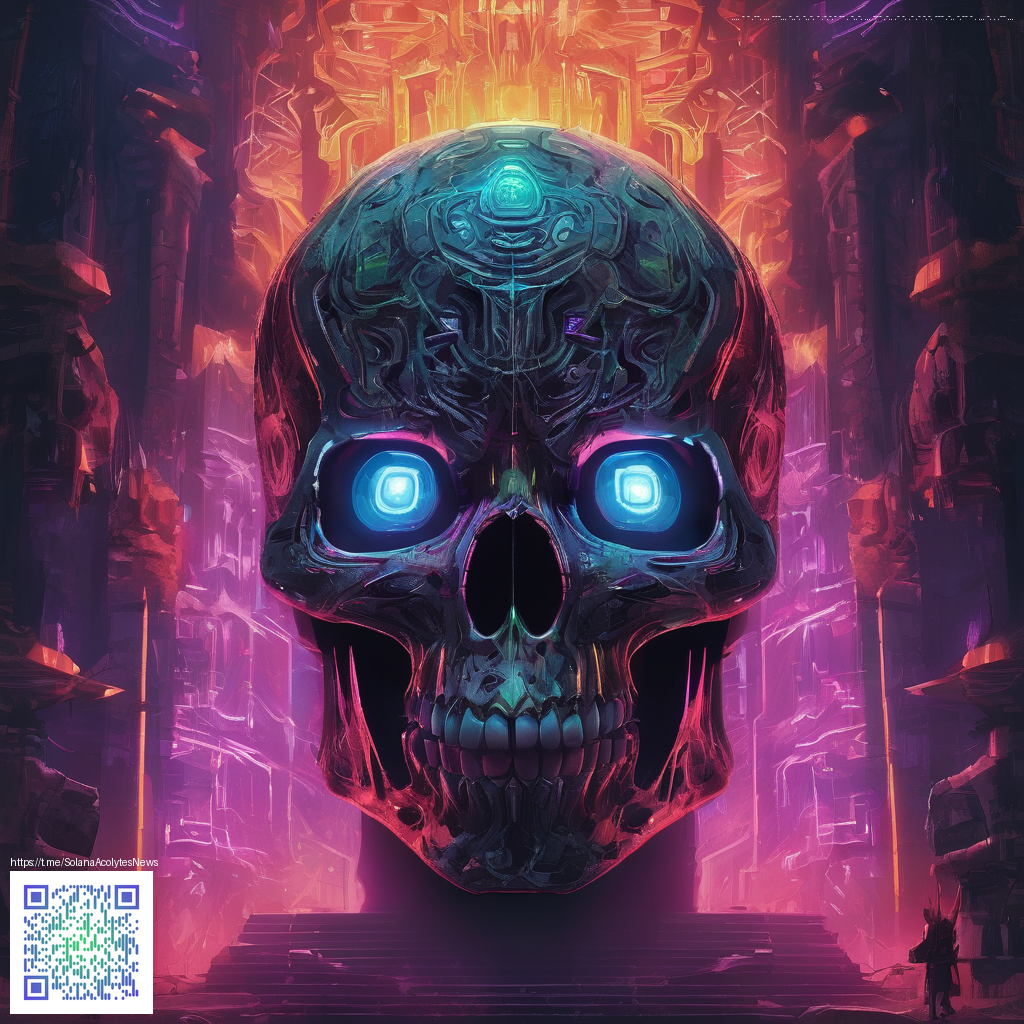
Building Thematic Textures with AI-Powered Workflows
In today’s design ecosystems, speed and cohesion are at the center of successful product storytelling. AI-driven workflows empower teams to generate cohesive texture sets that align with a chosen theme—whether that means futuristic chrome, earthy wood grains, or abstract mosaic surfaces. This article unpacks a practical approach to turn a thematic brief into a gallery of usable textures suitable for textiles, 3D surfaces, and packaging. The aim is to help you design a repeatable pipeline that scales with your project velocity while preserving quality and character across every texture in the family.
Defining a Theme and Constraints
The foundation of any robust texture workflow is a clearly articulated theme and a precise set of constraints. By outlining color stories, tiling requirements, resolution targets, and the acceptable level of noise, you set guardrails that guide both generation and curation. For instance, a theme like “sunset sandstone” might emphasize warm oranges and pinks, with textures designed to tile seamlessly at 1024×1024 or 2048×2048. Establish edge-handling rules, gloss versus matte finishes, roughness ranges, and the types of maps (albedo, roughness, normal) that will be produced. Clear constraints reduce back-and-forth and keep the entire team on the same page from concept to comp.
The AI-Driven Workflow: From Prompt to Palette
At the core of an efficient workflow lie three pillars: prompt engineering, texture synthesis, and post-processing. First, craft prompts that capture not only the visual vibe but the technical specifics—how textures tile, where seams occur, and how material attributes should respond to lighting. Then engage a texture synthesis stage to generate ensembles that share a unifying motif and color language. Finally, apply post-processing to harmonize lighting, contrast, and depth across the set so that every texture feels like it belongs to the same family.
- Prompt planning: define mood, palette constraints, and surface behavior. Include guidelines for repeatability and edge handling.
- Base texture generation: explore multiple variants that probe color spaces and motif scales while respecting the theme.
- Coherence filtering: run automated checks to group textures by similarity and prune outliers.
- Color grading and finishing: unify lighting, micro-roughness, and normal maps to ensure a consistent, professional look.
“Consistency across a texture family is often the most valuable signal for designers integrating assets into UI, product mockups, or packaging concepts.”
For teams aiming to translate digital textures into tangible artifacts, consider how a texture set will perform on real surfaces. A practical example can be explored by looking at real-world product pages that demonstrate how digital textures translate into physical finishes. You can browse the product page that showcases a glossy Lexan finish here: https://shopify.digital-vault.xyz/products/iphone-16-phone-case-slim-lexan-glossy-finish.
Beyond individual items, a centralized hub of resources can accelerate learning and experimentation. The main guidance repository for this topic is hosted at https://010-vault.zero-static.xyz/index.html, where guides, sample textures, and collaborative projects illustrate the end-to-end pipeline—from theme brief to finished assets.
Integrating the Pipeline into Your Studio
In production environments, automation is where the real gains happen. A well-orchestrated pipeline can batch-generate textures, run quality checks, and export all maps with consistent naming conventions. A typical setup might include:
- Automated generation of prompt variants and parallel texture synthesis runs
- Automated QA checks for tileability, seam visibility, and color consistency
- Export pipelines that deliver aligned maps (albedo, roughness, normal, ambient occlusion) ready for asset libraries
- Versioned archiving for reuse across future projects
As teams adopt these workflows, the emphasis shifts from chasing a single standout texture to cultivating cohesive families that tell a story across surfaces, devices, and media. The payoff is not only faster iteration but a reliable aesthetic language that designers can trust, whether they are prototyping a product line or refining a brand’s visual identity.